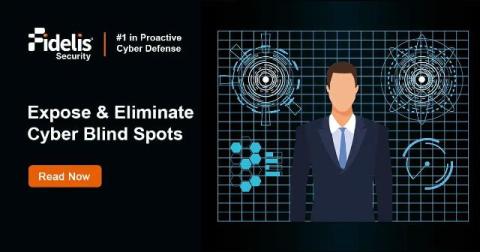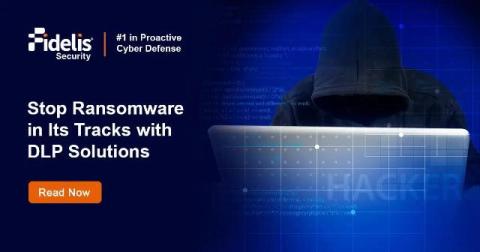Cloud Trends : How They're Reshaping Cybersecurity
Cloud adoption is accelerating, but with it comes new security challenges. In this video, we discuss: The rise of multi-cloud and hybrid cloud strategies. Key security concerns like visibility gaps and the shared responsibility model. How to stay secure while trusting—and verifying—your cloud provider. Takeaways: Understand cloud trends, security risks, and your role in protecting your workloads.













